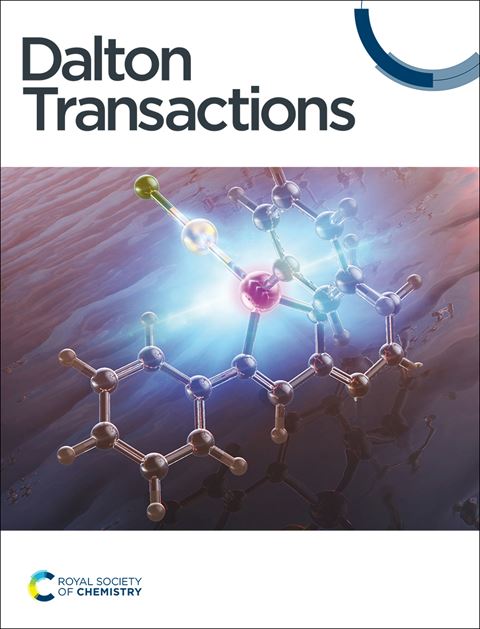An iron and lanthanide heterobimetallic coordination polymer derived electrocatalyst showing Enhanced activity and stability for oxygen reduction reaction
IF 3.5
3区 化学
Q2 CHEMISTRY, INORGANIC & NUCLEAR
引用次数: 0
Abstract
It is desirable to develop noble-metal-free electrocatalysts with both excellent activity and stability for the oxygen reduction reaction (ORR) in clean energy conversion devices. Herein, we report an Fe, La co-doped FeLaNC electrocatalyst obtained by pyrolyzing a heterobimetallic coordination polymer [La2L3(CH3OH)4]∞ loaded on carbonized ZIF-8, which was synthesized from 1,1'-ferrocenedicarboxylic acid (H2L1) and lanthanide salt. The FeLaNC catalyst exhibited higher ORR activity with a half-wave potential (E1/2) of 0.874 V (vs. RHE) than the control catalyst FeNC (E1/2 = 0.864 V) without La dopant as well as commercial 20 wt% Pt/C (E1/2 = 0.862 V) in 0.1 M KOH solution, and FeLaNC displayed excellent stability with negligible half-wave potential decay after 15,000 potential cycles. When FeLaNC was applied as cathodic electrocatalyst in Zn-air batteries (ZABs), the open circuit voltage (OCV) and maximum power density (Pmax) of the FeLaNC-based ZABs achieved 1.46 V and 130 mW cm-2 , respectively, which were significantly higher than those of Pt/C (OCP = 1.41 V and Pmax = 120 mW cm-2). The introducing of La3+ into Fe-N-C catalysts not only promoted ORR activity by regulating the electron density of Fe-Nx sites but also enhanced the stability by eliminating the harmful radicals, which afforded an effective approach to prepare high-performance and stable electrocatalysts to be applied in energy conversion devices.求助全文
约1分钟内获得全文
求助全文
来源期刊

Dalton Transactions
化学-无机化学与核化学
CiteScore
6.60
自引率
7.50%
发文量
1832
审稿时长
1.5 months
期刊介绍:
Dalton Transactions is a journal for all areas of inorganic chemistry, which encompasses the organometallic, bioinorganic and materials chemistry of the elements, with applications including synthesis, catalysis, energy conversion/storage, electrical devices and medicine. Dalton Transactions welcomes high-quality, original submissions in all of these areas and more, where the advancement of knowledge in inorganic chemistry is significant.
 求助内容:
求助内容: 应助结果提醒方式:
应助结果提醒方式:


